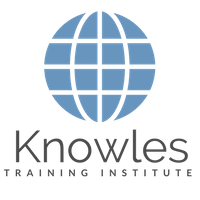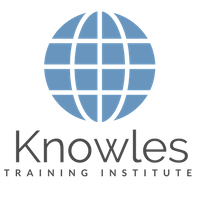Association with Personal Experiences
Association with Personal Experiences: The Power of Perspective in Memory Enhancement
- Use Sensory Cues: Incorporate sensory cues, such as scents, sounds, or tactile sensations, that trigger personal memories and create stronger connections with the information being learned.
- Use Visual Imagery: Utilize visual imagery techniques to mentally visualize concepts or information, associating them with vivid and memorable images that enhance recall.
- Personal Reflection: Take time to reflect on personal experiences related to the subject matter, making connections and drawing insights that deepen understanding and facilitate memorization.
- Emotional Engagement: Engage emotionally with the material by connecting it to personal experiences, values, or aspirations, creating a deeper sense of relevance and increasing retention.
- Perspective-Taking: Adopt different perspectives or viewpoints when studying or reviewing information, allowing for a broader understanding and facilitating memory consolidation.
- Relate to Real-World Contexts: Apply the knowledge to real-life scenarios or situations, drawing upon personal experiences to make the learning more practical and memorable.
- Experiential Learning: Seek opportunities to actively engage with the subject matter through hands-on experiences or real-world applications, reinforcing memory formation.
- Storytelling: Use storytelling techniques to weave the information into narratives, creating memorable and relatable stories that enhance comprehension and retention.
- Personalized Examples: Incorporate personal anecdotes or examples into the learning process, making the content more relatable and easier to remember.
- Multisensory Approach: Combine sensory cues, visual imagery, reflection, emotional engagement, perspective-taking, real-world applications, storytelling, and personalized examples to create a rich and immersive learning experience that optimizes memorization.



